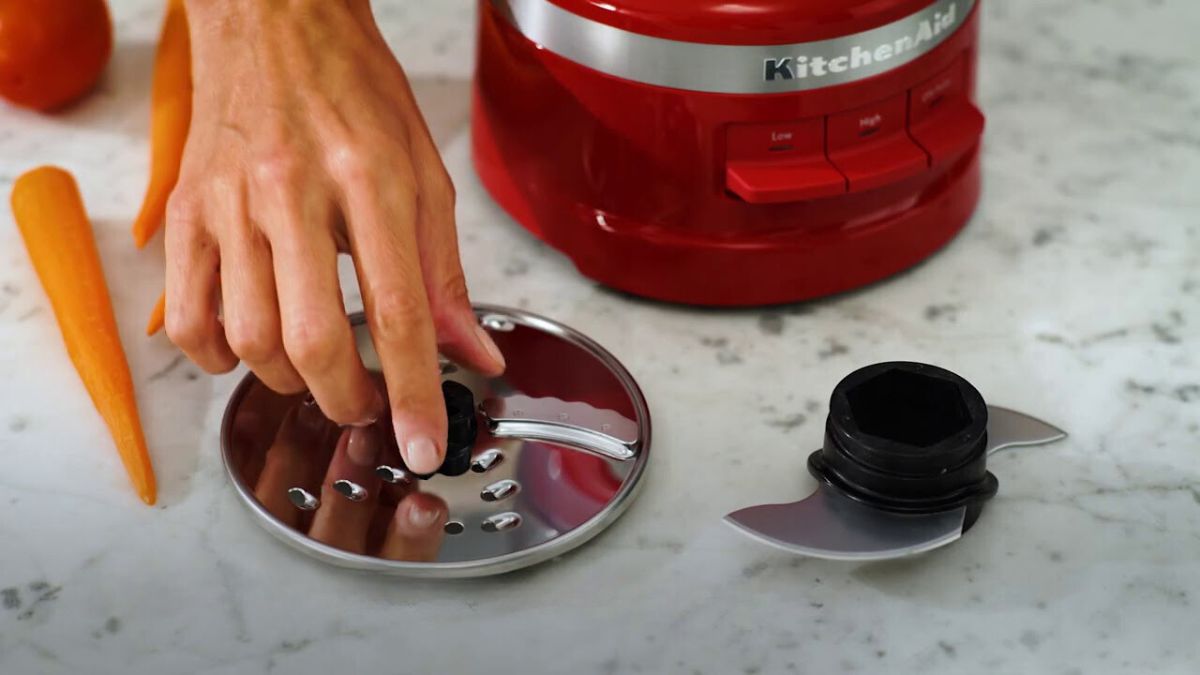

Articles
Kitchenaid Food Processor Blades How To Use
Modified: February 28, 2024
Learn how to use the blades of your Kitchenaid food processor with our informative articles. Find tips and tricks on using each blade for different types of food preparation.
(Many of the links in this article redirect to a specific reviewed product. Your purchase of these products through affiliate links helps to generate commission for Storables.com, at no extra cost. Learn more)
Introduction
Welcome to the world of KitchenAid food processors! These versatile kitchen appliances are designed to make your cooking and meal preparation tasks much easier and efficient. One of the key components of a food processor is its blades, which play a crucial role in slicing, grating, chopping, mixing, and kneading various ingredients.
In this article, we will explore the different types of blades that come with a KitchenAid food processor and guide you on how to properly use them. Whether you’re a seasoned chef or a beginner in the kitchen, understanding how to attach and utilize these blades will help you unlock the full potential of your food processor.
Before we dive into the specifics, let’s go over some important safety precautions to ensure you have a worry-free and accident-free experience with your KitchenAid food processor.
Key Takeaways:
- Master the art of using KitchenAid food processor blades by understanding their functions and proper attachment. Prioritize safety, maintenance, and troubleshooting for a seamless culinary experience.
- Unleash your culinary creativity with KitchenAid food processor blades. From slicing to kneading, these versatile attachments simplify food preparation while ensuring safety, maintenance, and troubleshooting for optimal performance.
Read more: Which Blade To Use On Food Processor
Safety Precautions
1. Read the User Manual: Familiarize yourself with the safety guidelines, operating instructions, and maintenance procedures outlined in the user manual provided by KitchenAid. This will help you avoid any misuse or potential hazards.
2. Unplug the Appliance: Always unplug the food processor from the power source before attaching or detaching any blade. This will prevent any accidental starting while handling the blades.
3. Handle the Blades Carefully: The blades are sharp, so handle them with caution. Use a kitchen towel or cut-resistant gloves when attaching or removing the blades to minimize the risk of cuts or injuries.
4. Keep Hands and Utensils Clear: When the food processor is in operation, make sure to keep your hands and other utensils away from the feed tube and any moving parts to avoid accidents.
Now that we’ve covered the safety precautions, let’s move on to understanding the different types of blades that come with a KitchenAid food processor.
Key Takeaways:
- Master the art of using KitchenAid food processor blades by understanding their functions and proper attachment. Prioritize safety, maintenance, and troubleshooting for a seamless culinary experience.
- Unleash your culinary creativity with KitchenAid food processor blades. From slicing to kneading, these versatile attachments simplify food preparation while ensuring safety, maintenance, and troubleshooting for optimal performance.
Read more: Which Blade To Use On Food Processor
Safety Precautions
When using a KitchenAid food processor, it’s important to prioritize safety to prevent any accidents or injuries. Here are some key safety precautions to keep in mind:
- Read the User Manual: Before using your KitchenAid food processor, take the time to thoroughly read the user manual. The manual contains vital information regarding safety guidelines, operating procedures, and proper maintenance. Familiarizing yourself with this information will help you use the appliance safely and efficiently.
- Unplug the Appliance: Always ensure that the food processor is unplugged from the power source before attaching or detaching any blades. This precaution reduces the risk of accidental startup, which could lead to injuries.
- Handle the Blades with Care: The blades of a food processor are extremely sharp, so it’s important to handle them with caution. When attaching or removing blades, use a kitchen towel or wear cut-resistant gloves to minimize the risk of cuts or injuries.
- Keep Hands and Utensils Clear: When the food processor is in operation, make sure to keep your hands and any other utensils clear of the feed tube and other moving parts. This will help avoid accidents and injuries.
- Avoid Overfilling the Bowl: It’s essential to follow the food processor’s capacity guidelines and avoid overfilling the bowl. Overfilling can cause the food processor to malfunction, potentially leading to spills or damage to the appliance.
- Use the Pulse Function: When processing ingredients, it’s advisable to use the pulse function instead of continuously running the food processor. This allows you to maintain better control over the texture of the food and reduces the risk of over-processing or overheating the motor.
- Supervise the Appliance: Do not leave the food processor unattended while it’s in operation. Keep an eye on the appliance to ensure everything is running smoothly and to prevent any potential mishaps.
- Keep the Appliance Clean: Regularly clean your food processor after use to maintain its performance and longevity. Ensure that the appliance is switched off, unplugged, and completely dry before cleaning any parts.
- Store the Blades Safely: When not in use, store the blades in a safe location, away from the reach of children or pets. Consider using blade covers or keeping them in a designated storage container to prevent any accidental injuries.
By following these safety precautions, you can confidently and safely use your KitchenAid food processor for all your culinary adventures. Now that you’re aware of the safety measures, let’s explore the different types of blades and how to attach them to the food processor.
Understanding the Food Processor Blades
A KitchenAid food processor comes with various blades that cater to different types of food preparation tasks. Understanding the purpose of each blade will help you choose the right one for your specific needs. Here are the most commonly used food processor blades:
- Slicing/Grating Blade: This blade is designed to slice or grate ingredients such as vegetables, fruits, cheese, or chocolate. It typically consists of a flat disc with serrated or raised edges. The size of the slices or the coarseness of the grating can be adjusted using a lever or control knob on the food processor.
- Chopping/Mixing Blade: The chopping/mixing blade, also known as the S-shaped blade, is a versatile multi-purpose blade. It is used for chopping, mincing, pureeing, and even mixing dough or batter. The curved shape of the blade helps create a fluid motion within the food processor, allowing for uniform chopping and mixing.
- Dough Blade: The dough blade, sometimes referred to as the kneading blade, is a specialized blade designed for kneading dough. It has a unique shape with a curved edge and is made from a sturdier material than the other blades. The dough blade saves time and effort by quickly and efficiently kneading dough for bread, pizza, or pastry recipes.
- Other Attachments: In addition to these main blades, some food processors come with additional attachments such as a whisk blade, julienne blade, or citrus juicer attachment. These attachments expand the versatility of the food processor, allowing you to tackle various recipes and culinary techniques.
It’s important to note that the specific blades included with your KitchenAid food processor may vary based on the model and package you have purchased. Refer to the user manual or packaging to identify the blades that come with your specific appliance.
Before we move on to using the blades, it’s crucial to learn how to properly attach them to the food processor. Let’s explore the attachment process in the next section.
How to Attach the Blades
Attaching the blades to your KitchenAid food processor is a simple process, but it’s essential to do it correctly to ensure smooth and safe operation. Follow these steps to attach the blades securely:
- Unplug the Food Processor: Before attaching or detaching any blades, make sure your KitchenAid food processor is unplugged from the power source. This is a crucial safety measure to prevent any accidental starts.
- Remove the Work Bowl: Lift and remove the work bowl from the base of the food processor by twisting it counterclockwise and lifting it upwards. Set aside the work bowl for now.
- Select the Desired Blade: Choose the blade that is appropriate for your food preparation task. Depending on your model, the blades may be labeled or color-coded for easy identification.
- Place the Blade Shaft: Locate the blade shaft in the center of the food processor’s base. It is usually a vertical, raised post. Align the hole in the center of the selected blade with the blade shaft.
- Attach and Lock the Blade: Once the blade is aligned with the blade shaft, carefully push it down onto the shaft until it fits snugly. Rotate the blade clockwise until you feel it lock into place.
- Test the Blade Lock: Gently tug on the blade to make sure it is securely attached to the blade shaft. If it moves or comes off easily, remove it and repeat the attachment process until it locks into place firmly.
- Reattach the Work Bowl: With the blade properly attached, it’s time to reattach the work bowl. Line up the tabs on the work bowl with the tracks on the base of the food processor and twist it clockwise to lock it into place.
- Double-Check the Attachment: Give the work bowl a slight twist to ensure it is securely attached to the base. Make sure there is no wobbling or movement before proceeding.
- Ready to Use: Once the blades are securely attached and the work bowl is properly reattached, your KitchenAid food processor is ready to use for your desired food preparation tasks.
It’s important to note that the attachment process may vary slightly depending on the model of your KitchenAid food processor. Always refer to the user manual provided by KitchenAid for specific instructions and guidelines related to your particular appliance.
Now that you know how to attach the blades, let’s explore the various ways you can use them to enhance your culinary creations.
Read more: How To Use The Kitchenaid Food Processor
Using the Slicing/Grating Blade
The slicing/grating blade is a versatile tool that allows you to quickly and effortlessly slice or grate ingredients for your recipes. Whether you’re preparing vegetables for a stir-fry or shredding cheese for a lasagna, this blade will come in handy. Here’s how you can use the slicing/grating blade with your KitchenAid food processor:
- Prepare the Food: Wash and dry the ingredients you want to slice or grate. Remove any skin, stems, or pits as necessary.
- Attach the Slicing/Grating Blade: As mentioned earlier, carefully attach the slicing/grating blade to your food processor following the steps outlined in the previous section.
- Adjust the Slice Thickness: Some food processors come with a lever or control knob that allows you to adjust the thickness of the slices. Determine the desired thickness and set it accordingly.
- Load the Food: Depending on the size of your food processor, you may need to cut the ingredients into smaller pieces to fit through the feed tube. Place the prepared ingredients in the feed tube, ensuring they are evenly distributed.
- Turn on the Food Processor: Plug in your food processor and make sure it is properly assembled. Turn it on and gradually push the ingredients down the feed tube using the food pusher tool.
- Collect the Sliced/Grated Food: The sliced or grated food will emerge from the food processor’s output chute. Place a bowl or container under the chute to catch the sliced or grated ingredients as they come out.
- Repeat as Needed: If you have a large quantity of ingredients, you may need to work in batches. Simply refill the feed tube with more ingredients and continue the slicing or grating process until you have the desired amount.
- Clean the Blade and Food Processor: Once you’ve finished using the slicing/grating blade, remove it from the food processor and clean it thoroughly. Follow the manufacturer’s instructions for cleaning and maintenance.
Remember to exercise caution and follow proper safety measures when using the slicing/grating blade. Always keep your hands and utensils clear of the feed tube and blades while the food processor is in operation.
The slicing/grating blade is a fantastic tool for saving time and effort in the kitchen. By using this blade with your KitchenAid food processor, you can effortlessly slice and grate a variety of ingredients for your favorite recipes.
Next, let’s explore how to effectively use the chopping/mixing blade with your food processor.
When using Kitchenaid food processor blades, make sure to securely attach the blade to the processor bowl before adding any ingredients. Always follow the manufacturer’s instructions for proper use and maintenance.
Using the Chopping/Mixing Blade
The chopping/mixing blade, also known as the S-shaped blade, is a versatile tool that allows you to chop, mince, puree, and mix ingredients with ease. It’s perfect for preparing salsas, dips, sauces, and even doughs. Here’s how you can effectively use the chopping/mixing blade with your KitchenAid food processor:
- Prepare the Ingredients: Wash, peel, and/or trim the ingredients you want to chop, mince, or puree. Cut them into pieces that will fit comfortably into the food processor’s work bowl.
- Attach the Chopping/Mixing Blade: Ensure that the chopping/mixing blade is properly attached to the food processor according to the instructions outlined earlier in this article.
- Load the Ingredients: Place the prepared ingredients into the work bowl of the food processor. It’s usually best to fill the bowl no more than two-thirds full to allow for proper movement and processing.
- Secure the Lid: Place the lid securely on top of the work bowl, ensuring that it is locked in place. Most food processors have safety mechanisms that prevent the appliance from operating unless the lid is properly secured.
- Process the Ingredients: Plug in your food processor and activate it. Depending on the texture you want to achieve, use the pulse function or run the food processor continuously. Pulse for a coarser chop or puree, and run continuously for a smoother consistency.
- Monitor the Progress: Keep an eye on the ingredients as they are being processed. If necessary, stop and scrape down the sides of the work bowl to ensure even processing.
- Check for Desired Consistency: Once the ingredients reach the desired consistency, stop the food processor and check the mixture. If it needs further processing, continue pulsing or running the food processor as needed.
- Empty and Clean the Bowl: Once you achieve the desired results, carefully remove the work bowl from the food processor and transfer the contents to a separate bowl or container. Rinse or wash the work bowl and blade, following the manufacturer’s instructions.
When using the chopping/mixing blade, it’s important to remember not to over-process certain ingredients, as this can result in a mushy or liquid consistency. It’s always a good idea to pulse or process in short bursts to maintain control over the texture and prevent over-processing.
The chopping/mixing blade is truly a versatile tool that allows you to create a wide range of culinary delights. From chopping herbs and vegetables to mixing dough or batter, this blade is an essential component of any KitchenAid food processor.
Next, let’s take a look at how to use the dough blade for kneading dough with your food processor.
Using the Dough Blade
The dough blade is a specialized attachment designed for kneading dough effortlessly. With this blade, you can save time and effort when making bread, pizza dough, pastries, and more. Here’s how you can effectively use the dough blade with your KitchenAid food processor:
- Measure the Ingredients: Gather all the ingredients specified in your dough recipe. Measure them accurately to ensure the best results.
- Attach the Dough Blade: Carefully attach the dough blade to the food processor’s work bowl following the steps outlined earlier in this article.
- Add the Ingredients: Place the measured ingredients, including flour, yeast, salt, and any other dry ingredients, in the food processor’s work bowl. Secure the lid in place.
- Pulse to Combine: Start by pulsing the ingredients a few times to combine them. This helps to evenly distribute the dry ingredients before adding liquid.
- Add the Liquid: Gradually pour in the liquid ingredients through the feed tube while the food processor is running. This can include water, oil, milk, or any other liquids required by the recipe.
- Knead the Dough: Allow the food processor to run continuously until the dough comes together and forms a ball around the dough blade. The dough will become elastic and smooth as it kneads. This typically takes a few minutes, but the exact time may vary depending on the recipe and food processor model.
- Check the Consistency: Stop the food processor and check the consistency of the dough. It should be smooth, elastic, and slightly tacky to the touch. If the dough is too sticky, add a small amount of flour and run the processor for a few more seconds. If it’s too dry, add a teaspoon of liquid at a time and run the processor until the dough comes together.
- Remove and Rest the Dough: Once the dough is kneaded to your satisfaction, remove it from the food processor’s work bowl. Shape it into a ball and transfer it to a lightly floured surface. Cover with a clean kitchen towel or plastic wrap and allow it to rest for the recommended time as per your recipe.
- Clean the Bowl and Blade: After removing the dough, clean the work bowl and dough blade according to the manufacturer’s instructions. Ensure that all remnants of the dough are removed to maintain the longevity of your food processor.
Using the dough blade with your KitchenAid food processor makes the process of kneading dough much quicker and easier. It saves you from the time-consuming manual labor and ensures consistent results every time.
Now that you know how to use the dough blade, you can confidently dive into your dough-making adventures. Next, we will discuss some important cleaning and maintenance tips to keep your food processor in top shape.
Cleaning and Maintenance Tips
Proper cleaning and maintenance of your KitchenAid food processor are essential to ensure its longevity and optimal performance. Here are some tips to help you keep your food processor in excellent shape:
- Unplug and Disassemble: Before cleaning, always unplug the food processor from the power source. Disassemble the removable parts, including the work bowl, blades, and any attachments.
- Hand Wash Removable Parts: Wash the removable parts, such as the work bowl and blades, with warm soapy water using a mild dish detergent. Use a sponge or a soft brush to scrub away any food residue. Rinse thoroughly and dry completely before reassembling.
- Avoid Immersing the Motor Base: The motor base should never be immersed in water or submerged in any liquid. Simply wipe it clean with a damp cloth or sponge.
- Remove Stains and Odors: If your food processor’s parts have developed stains or odors, you can sprinkle baking soda or lemon juice on them, let it sit for a few minutes, and then scrub gently to remove the stains or odors. Rinse and dry thoroughly.
- Use a Small Brush for Hard-to-Reach Areas: If there are any hard-to-reach areas or crevices in the food processor, such as the nooks around the blade shaft, use a small brush or toothbrush to clean them.
- Dry Thoroughly: After washing, ensure that all parts are completely dry before reassembling or storing. This will prevent moisture buildup, which can lead to mold or bacterial growth.
- Store Properly: When not in use, store your food processor in a clean and dry place, away from direct sunlight or excessive humidity. Keep the blades and attachments in a separate container or in designated storage compartments to prevent damage or misplacement.
- Regularly Check and Replace Parts: Periodically inspect the blades and other parts for signs of wear or damage. If you notice any blades that have become dull or worn out, it may be time to replace them to ensure optimal performance.
- Follow Manufacturer’s Instructions: Always refer to the user manual provided by KitchenAid for specific cleaning and maintenance instructions. Different models may have slight variations in care requirements, so it’s important to follow the guidelines specific to your food processor.
By following these cleaning and maintenance tips, you can keep your KitchenAid food processor in great condition and extend its lifespan. Regular maintenance will also ensure that your food processor continues to function efficiently, allowing you to enjoy its benefits for years to come.
Now that you’re equipped with cleaning and maintenance knowledge, let’s discuss some common troubleshooting tips for any issues you may encounter with your food processor.
Read more: How To Sharpen Food Processor Blades
Troubleshooting Common Issues
While KitchenAid food processors are designed to be reliable and efficient, occasional issues may arise during their use. Here are some common problems you may encounter with your food processor along with troubleshooting tips:
- Food Processor Doesn’t Start: Before panicking, make sure the appliance is properly plugged in and the power source is functioning. Additionally, check the safety features like the lid and feed tube, as the food processor will not operate if these components are not securely in place.
- Food Processor Stops Mid-operation: If your food processor stops running suddenly in the middle of a task, it may have overheated. Turn off the appliance and let it cool down for a few minutes. Ensure that you’re not overloading the machine with too much food, as this can cause the motor to overheat as well.
- Blade Spin is Weak or Uneven: If the blade in your food processor is not spinning evenly or seems weak, check if any food particles or debris are stuck in the blade or around the blade shaft. Remove any obstructions and try again.
- Excessive Vibration or Noise: Excessive vibration or noise during operation can indicate an improperly attached blade or an unbalanced load. Ensure that the blade is securely attached and the ingredients are distributed evenly in the work bowl.
- Leaking from the Work Bowl: If you notice liquid leaking from the work bowl, ensure that the lid is properly secured and the rubber gasket or seal is intact. If the gasket is damaged, it may need to be replaced to prevent further leaking.
- Uneven Chopping or Mixing: If your food processor is not achieving consistent results in terms of chopping or mixing, it could be due to unevenly sized ingredients or overfilling the work bowl. Make sure the ingredients are cut into similar-sized pieces and avoid overloading the food processor.
- Blades Dull or Not Cutting Properly: Over time, food processor blades may become dull. If you notice that your blades are not cutting properly, it may be time to sharpen or replace them. Follow the manufacturer’s instructions for blade maintenance and replacement.
- Excessive Residue or Stains: If you find that there is excessive residue or stains on the food processor’s parts, ensure that you’re properly cleaning and drying them after each use. If necessary, use a baking soda paste or a specialized cleaning solution recommended by the manufacturer to remove stubborn stains.
- Unexpected Odors or Tastes: If you notice any unusual odors or tastes in your food after using the food processor, ensure that all parts are thoroughly cleaned. Sometimes, residual food particles can cause odors or transfer flavors to subsequent recipes.
If you experience persistent issues with your KitchenAid food processor that cannot be resolved through basic troubleshooting, it may be necessary to seek assistance from customer support or a professional service technician.
By following these troubleshooting tips, you can easily address common issues and ensure that your food processor continues to perform at its best.
Now that we’ve covered troubleshooting, let’s wrap up our discussion on KitchenAid food processor usage.
Conclusion
Your KitchenAid food processor is a valuable tool in your kitchen arsenal, helping you save time and effort in various food preparation tasks. Understanding the different blades and knowing how to properly attach and use them will enhance your culinary experiences and make your cooking adventures more enjoyable.
We explored the slicing/grating blade, which allows you to slice and grate ingredients with ease. The chopping/mixing blade, also known as the S-shaped blade, simplifies chopping, mincing, pureeing, and mixing tasks. And the dough blade makes kneading dough for bread, pizza, and pastries a breeze.
It’s crucial to follow safety precautions, such as reading the user manual, handling the blades with caution, and keeping hands and utensils clear of moving parts. Regularly cleaning and maintaining your food processor will ensure its longevity and optimal performance.
If you encounter any issues, troubleshooting tips can help you address common problems. However, if persistent issues arise, it may be necessary to seek professional assistance or contact KitchenAid support.
With a little practice and experimentation, your KitchenAid food processor will become an indispensable tool in your kitchen, allowing you to explore new recipes, create delicious meals, and unleash your culinary creativity.
So, prepare to slice, chop, grate, mix, and knead with confidence, knowing that your KitchenAid food processor and its blades are ready to tackle any culinary task. Enjoy the convenience and efficiency that this versatile appliance brings to your cooking endeavors!
Frequently Asked Questions about Kitchenaid Food Processor Blades How To Use
Was this page helpful?
At Storables.com, we guarantee accurate and reliable information. Our content, validated by Expert Board Contributors, is crafted following stringent Editorial Policies. We're committed to providing you with well-researched, expert-backed insights for all your informational needs.
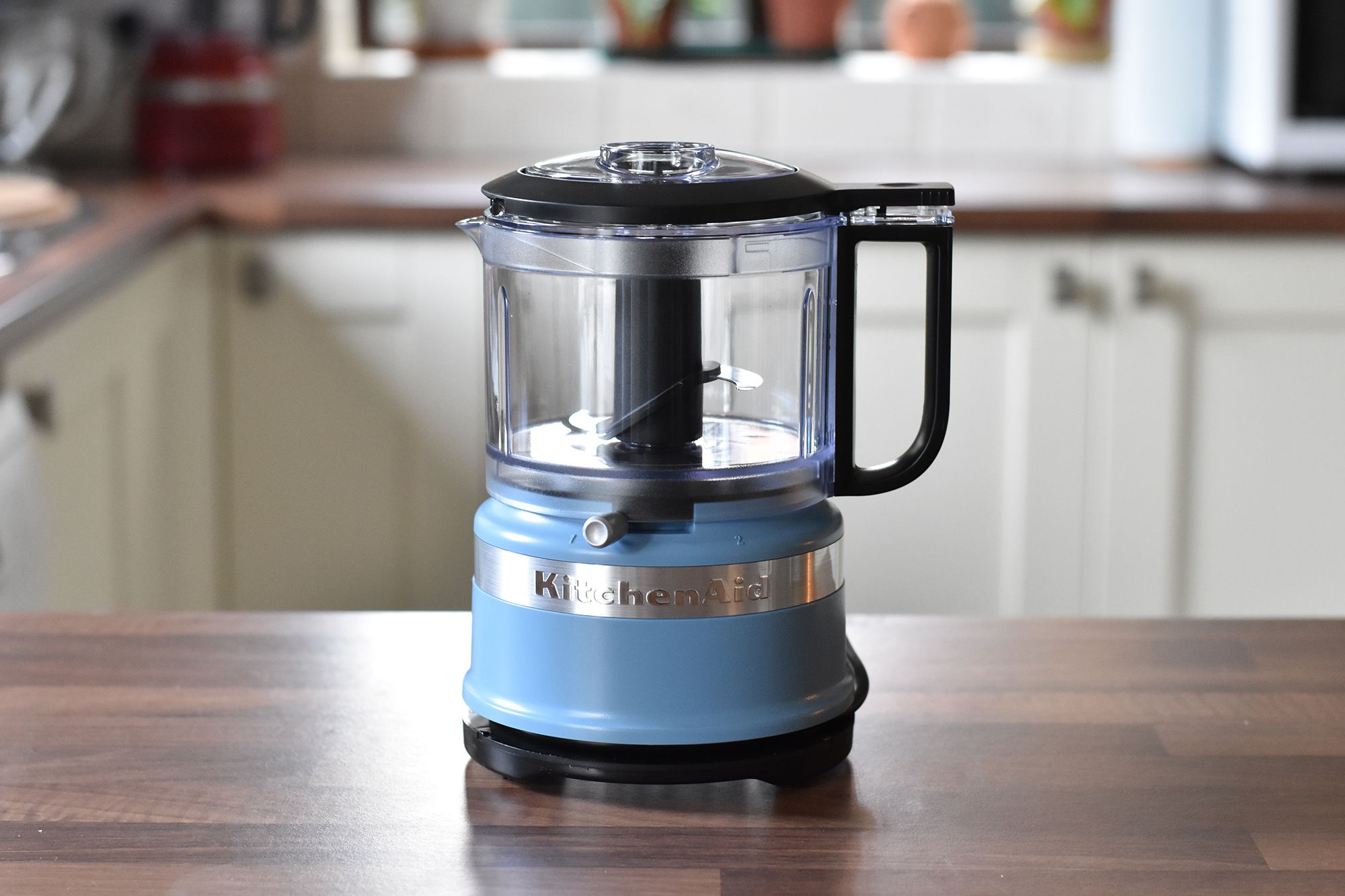
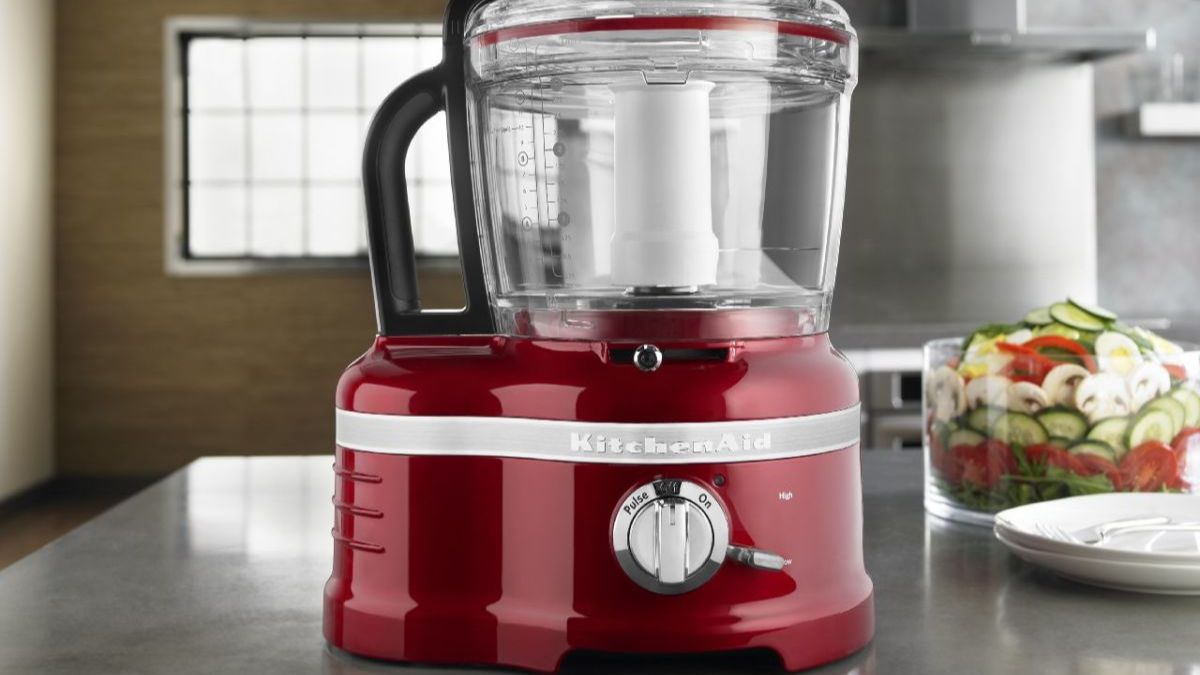
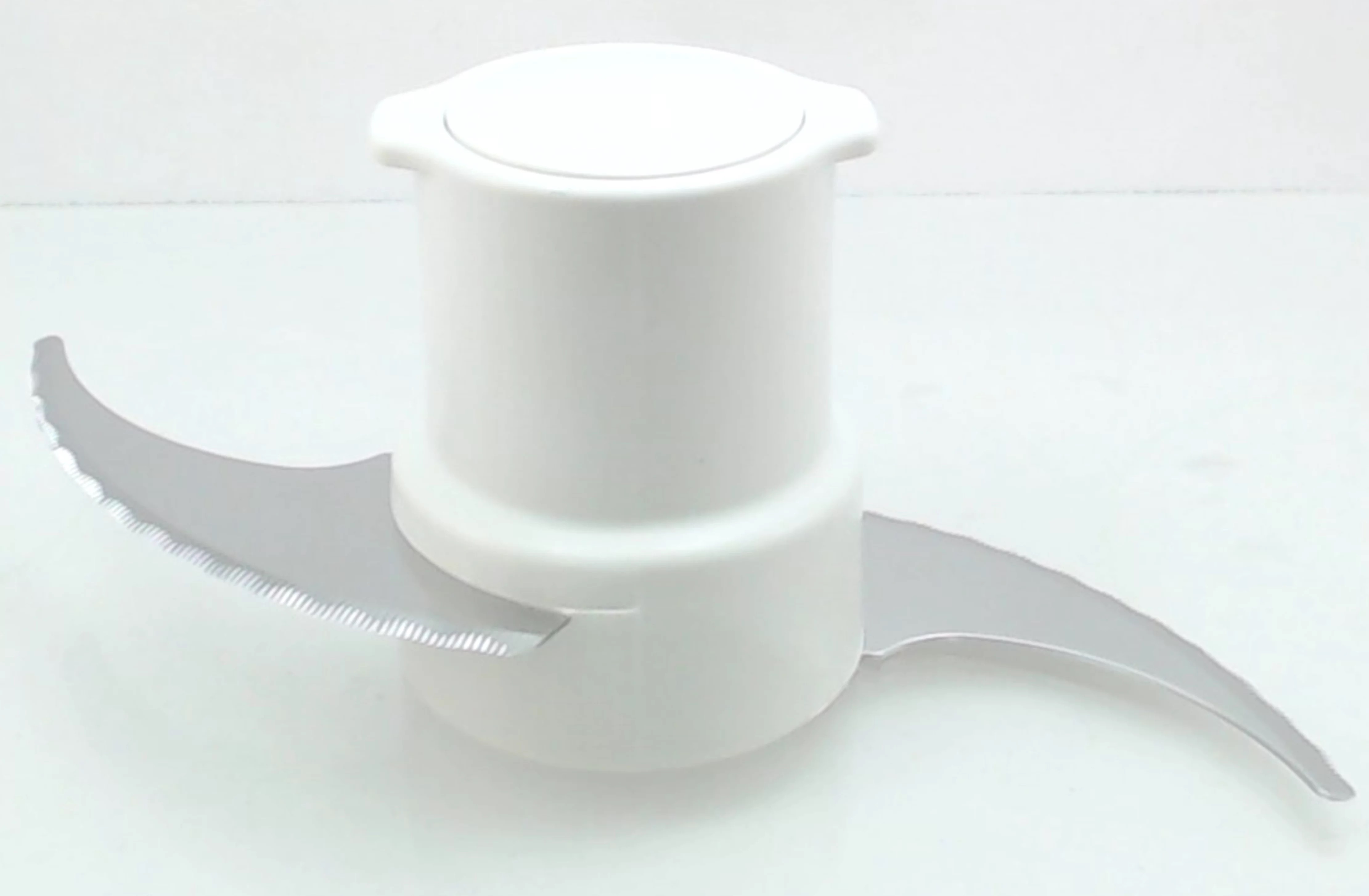
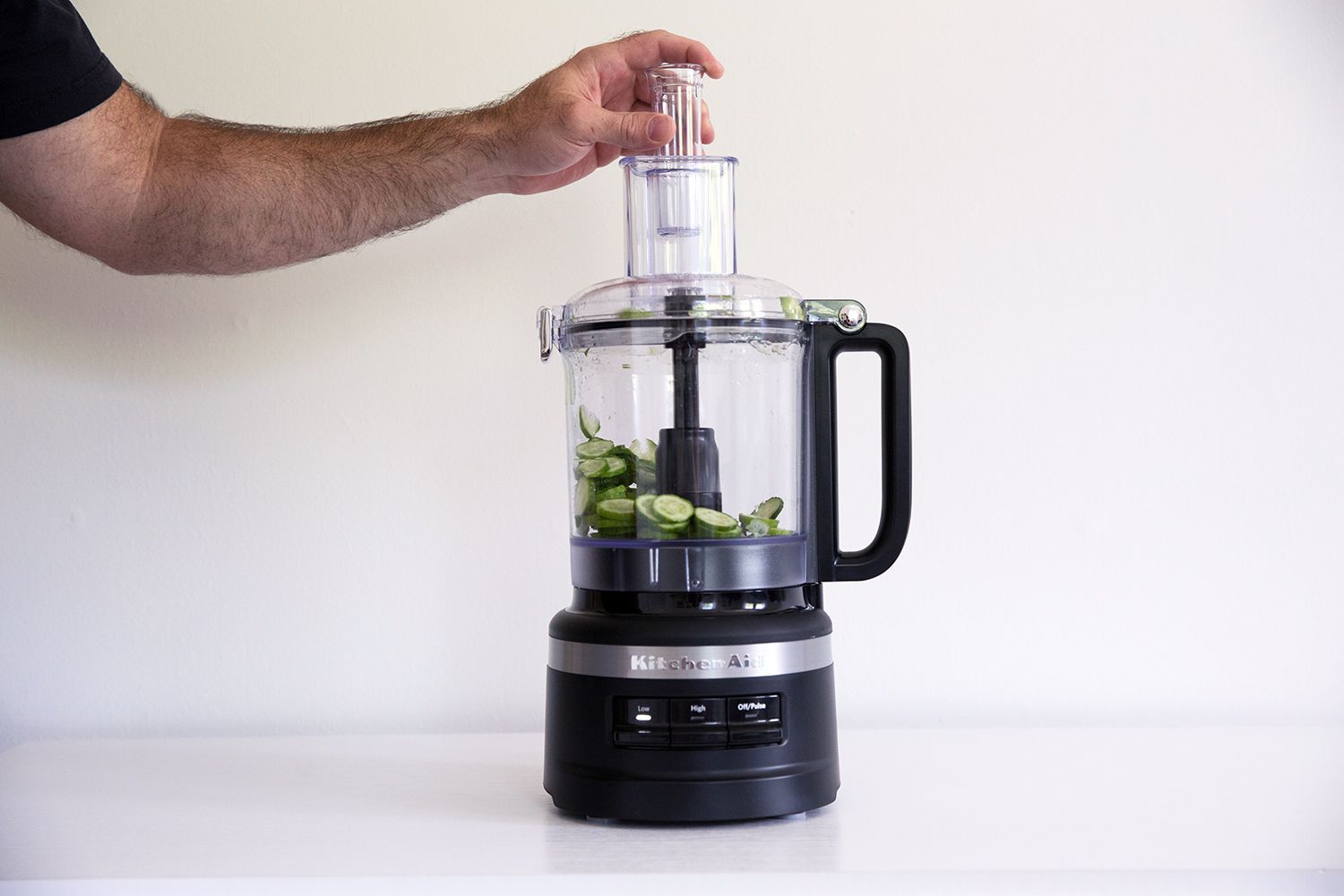
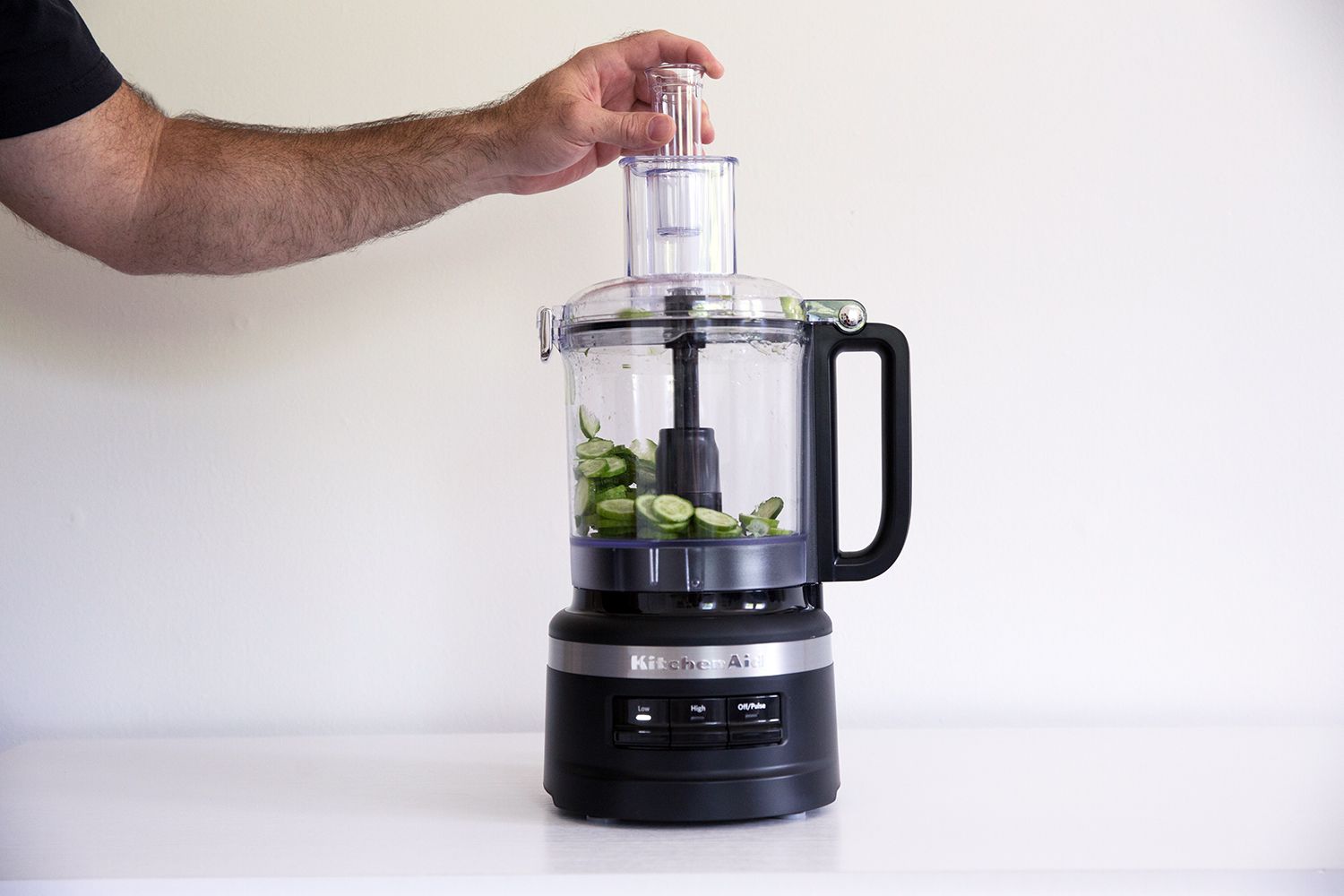
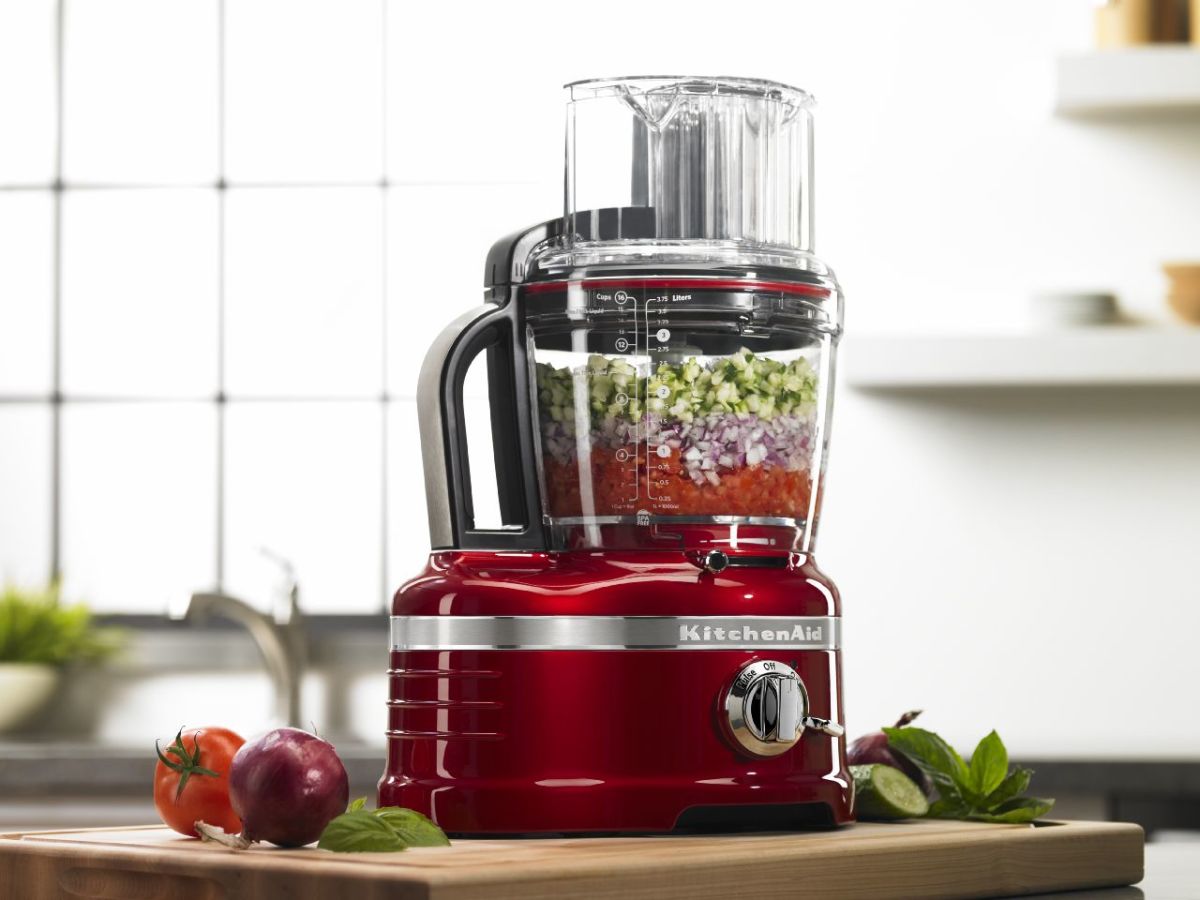
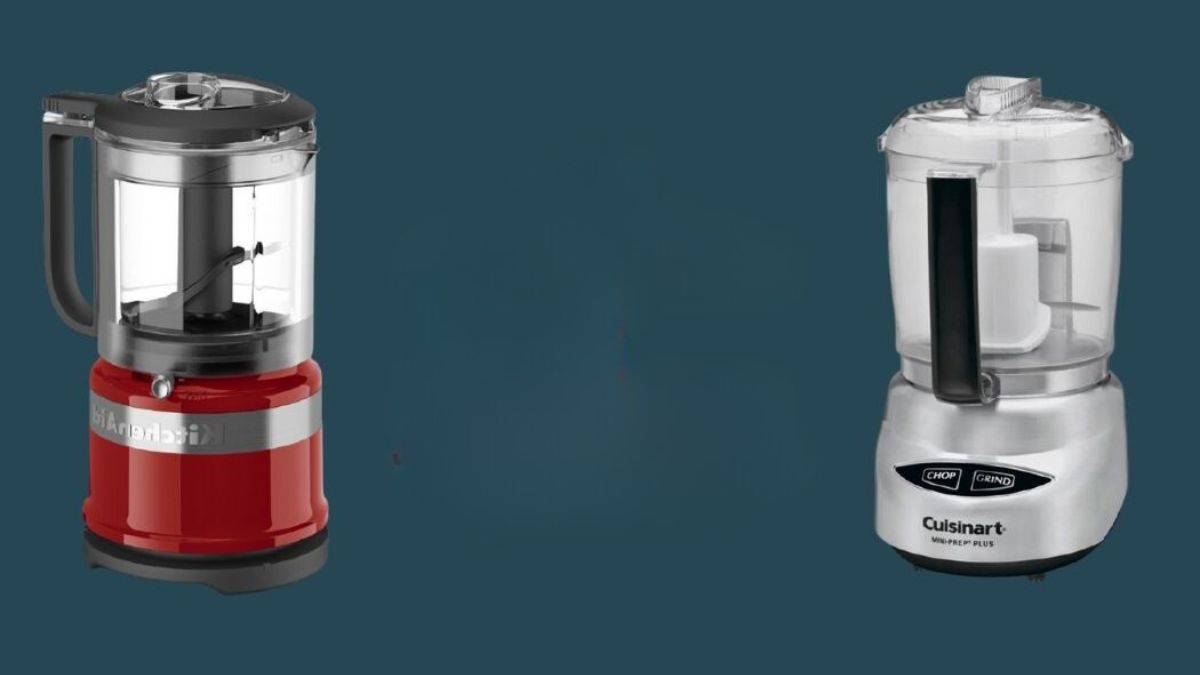
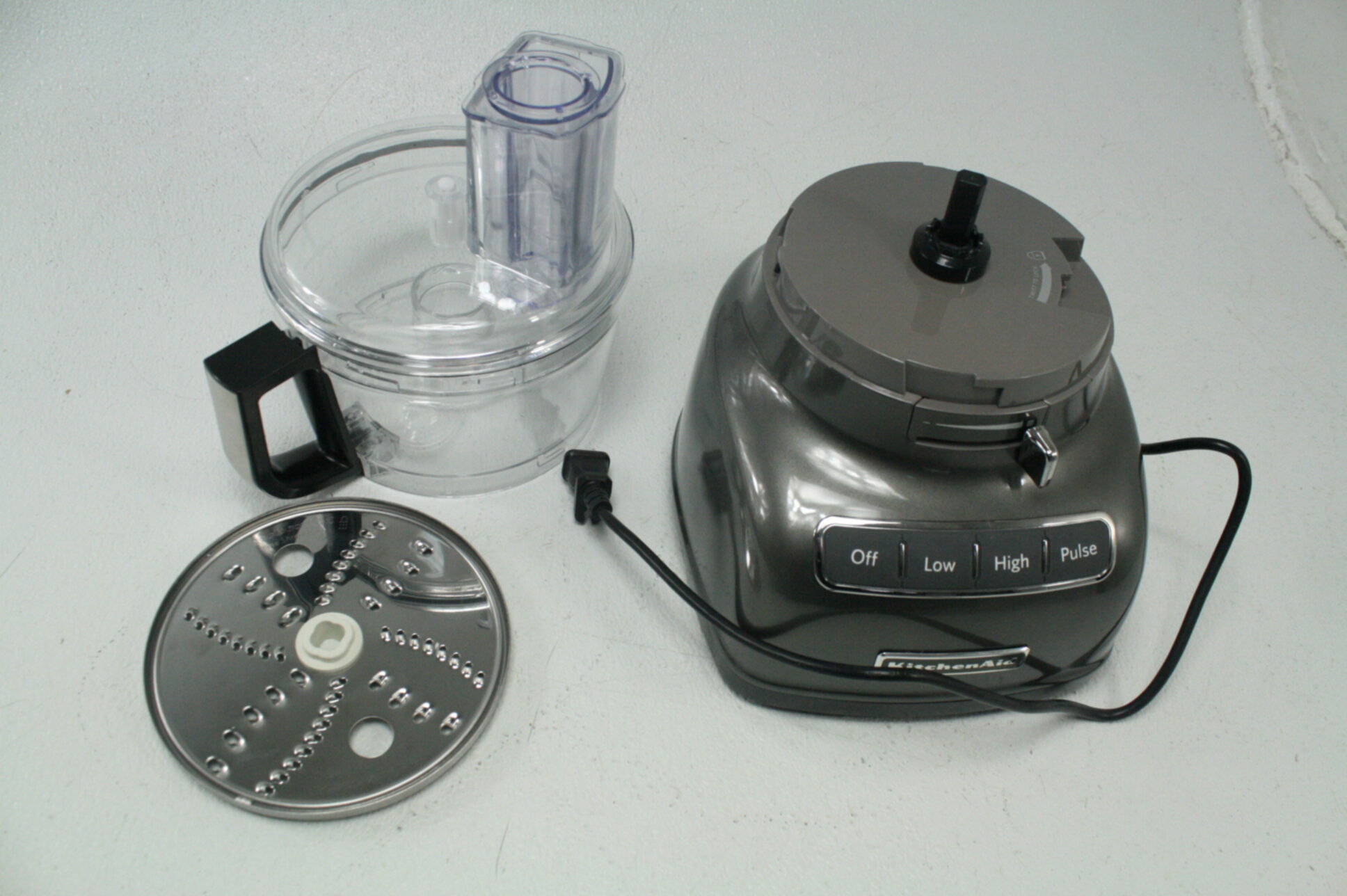
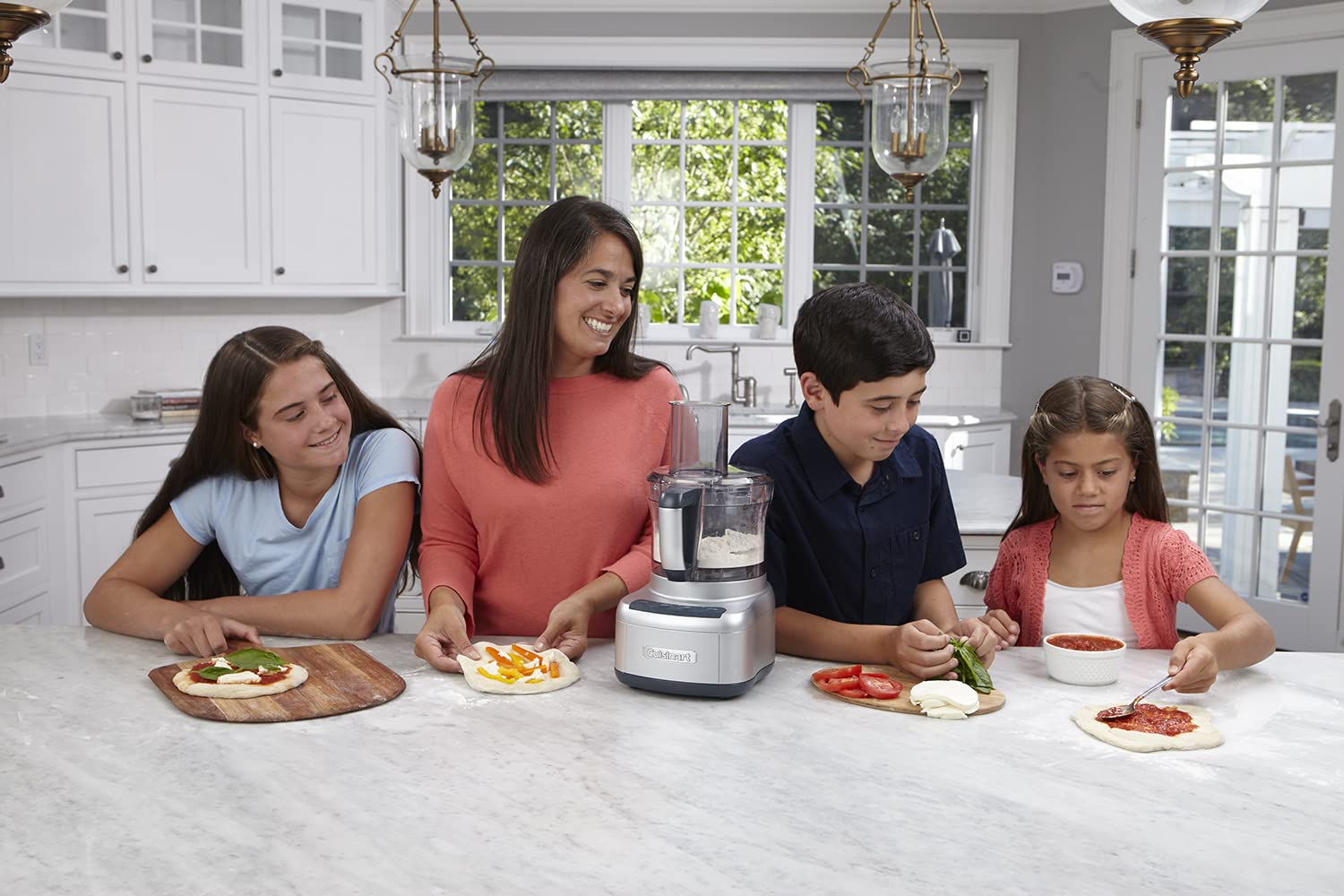
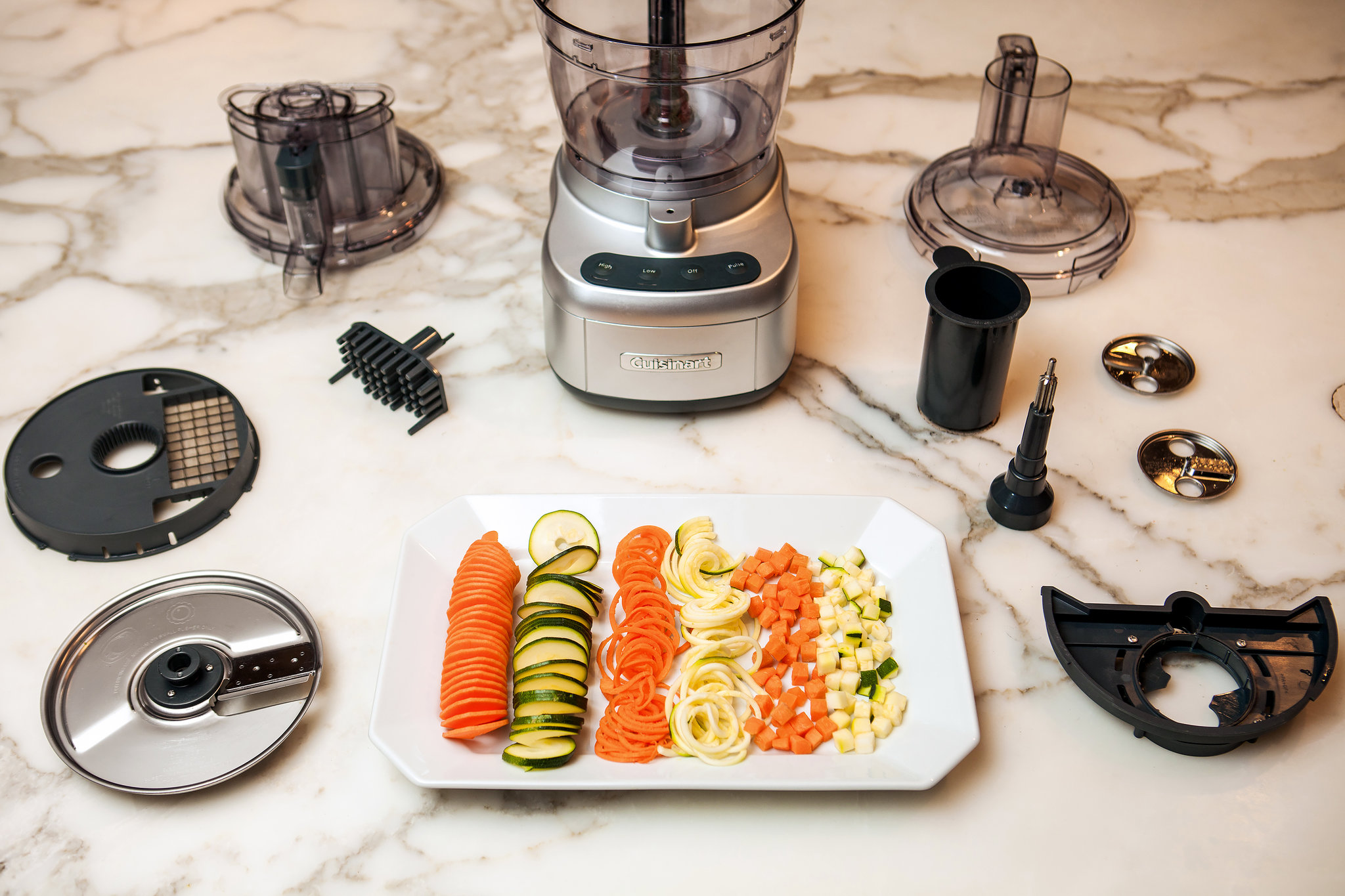
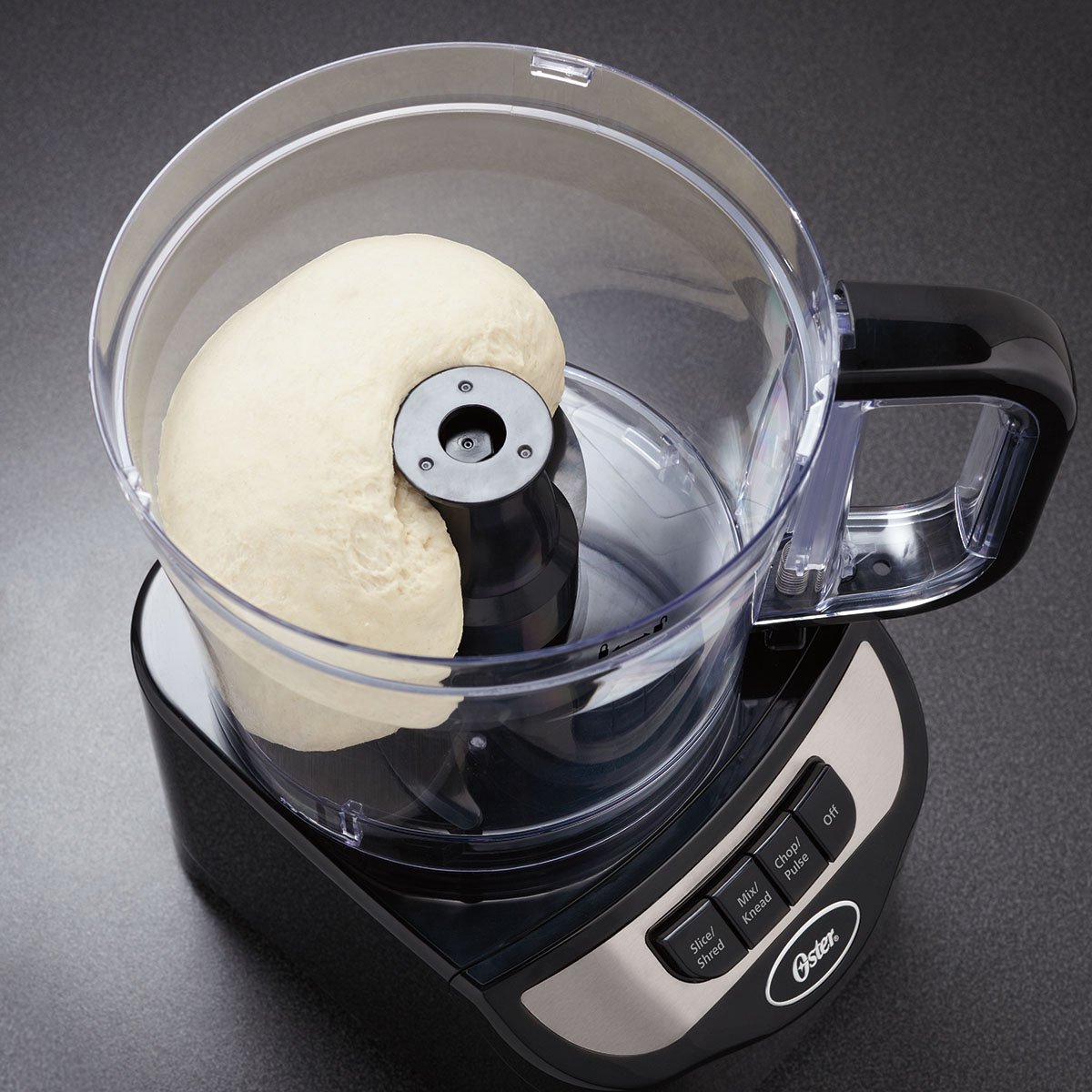
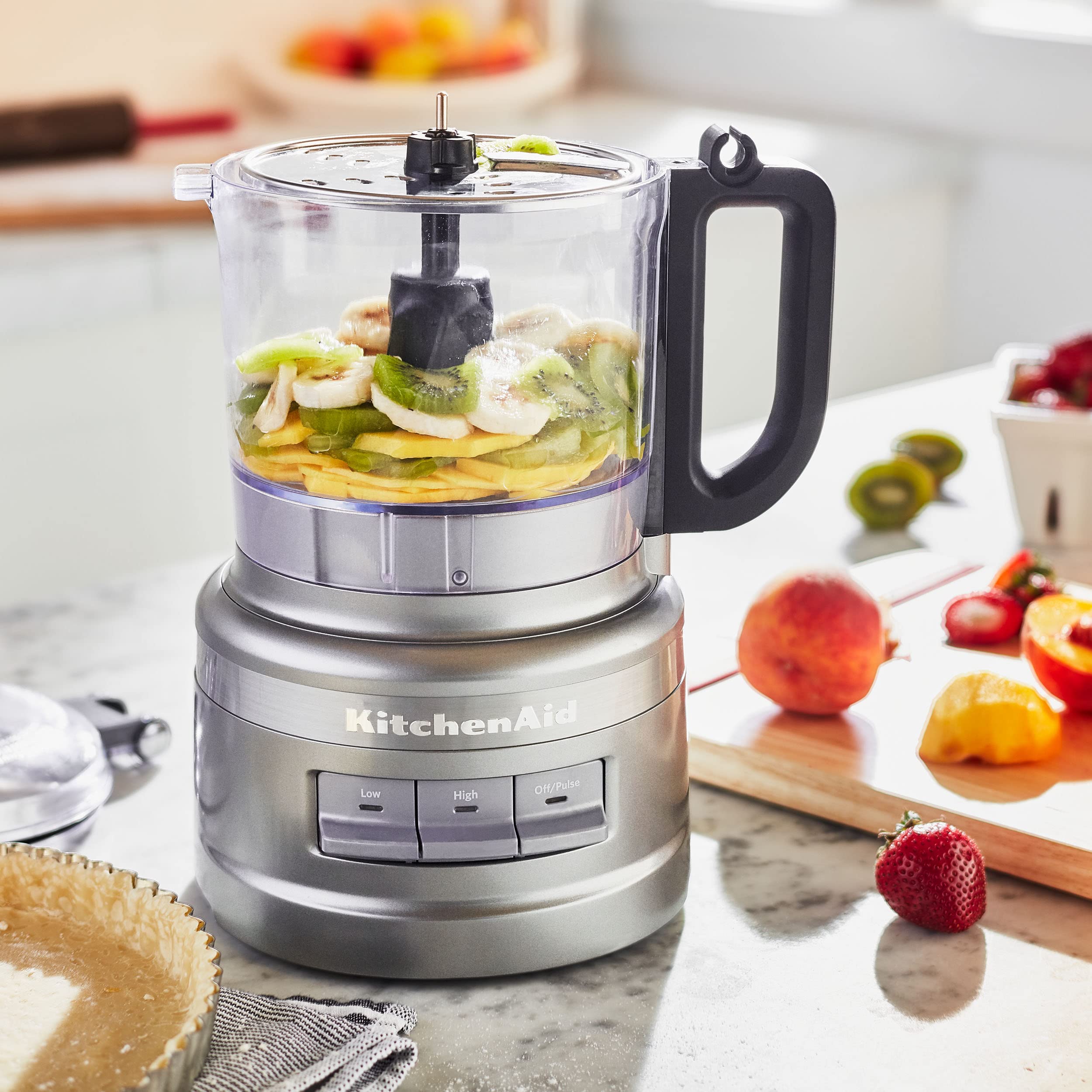
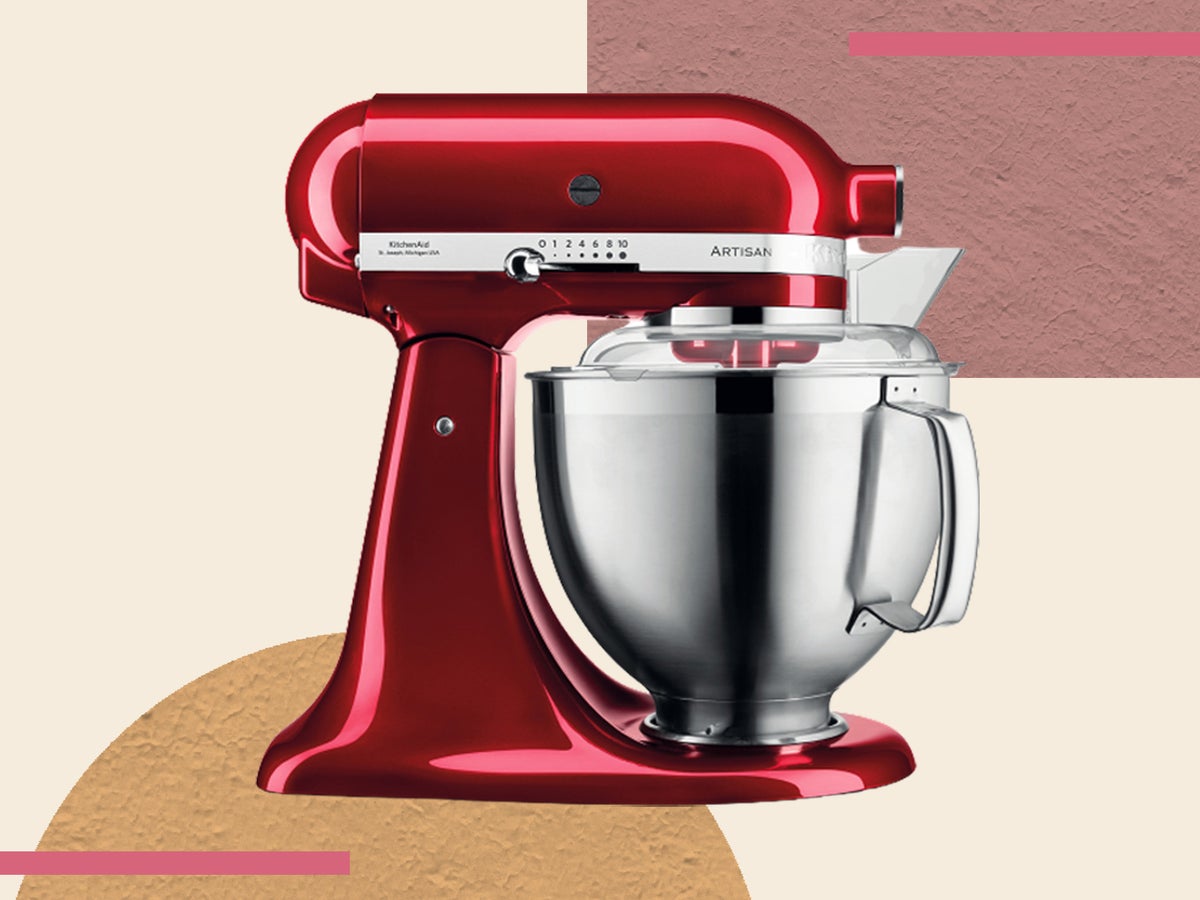

0 thoughts on “Kitchenaid Food Processor Blades How To Use”